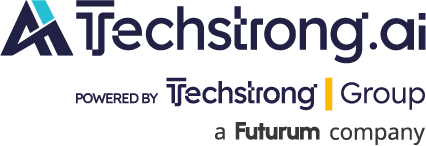Synopsis: Domain-specific large language models are reshaping AI by offering more control and cost-efficiency than general models. Specialized agents work in distributed systems to tackle challenges like LLM deployment skill gaps. The focus is on evaluating automation needs, setting KPIs, and understanding costs to ensure strong ROI.
Large language models keep grabbing headlines, but Efrain Ruh says the real action is shifting to narrow, job-focused versions you can actually afford to run. Ruh argues that most enterprises don’t need a 175-billion-parameter behemoth; they need a model that “knows the ropes” of ITOps, finance or supply-chain and doesn’t blow up the cloud bill every time someone hits Enter. Smaller models are cheaper to host, easier to fine-tune and—crucially—let teams retain more control over their data.
Cost isn’t the only driver. Domain expertise also matters for accuracy and speed. Instead of relying on a single, all-purpose model, Ruh envisions swarms of lightweight agents: one tuned for data extraction, another for reasoning, a third for executing fixes in production. Each agent plugs into its own mini-model, and a centralized “orchestrator” decides which one does what. That modular setup lets teams swap in a better agent—or a cheaper model—without rewriting the whole stack.
Still, he warns, this freedom brings new headaches. Organizations need clear guardrails so one misaligned prompt doesn’t wipe out a server or leak customer data. Standard APIs, version control and good old-fashioned peer review will be as important for AI agents as they are for human-written code. Ruh also flags a looming talent gap: large-scale AI hit the market less than two years ago, so skilled practitioners are scarce. Companies must invest in upskilling—not just buy another tool license—and start in sandbox environments where mistakes are cheap.
Finally, Ruh offers a reality check: fancy math means nothing without a business case. Before automating a workflow, teams should count the minutes saved, the risks reduced and the competitive edge gained. If those numbers don’t pencil out, keep experimenting but hold off on production. In AI, as in accounting, the ROI column still rules.

